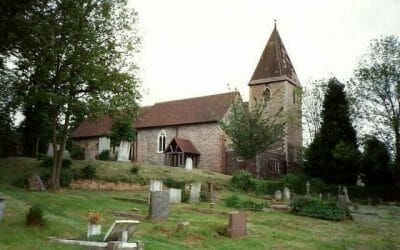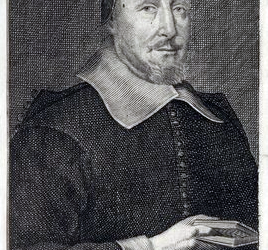Scudder Family Historical & Biographical Journal
Volume 1, no. 2 June 2019
A Surprising Scudder India Bicentennial Bonus
Curiosity can sometimes lead to unexpected but pleasing discoveries. When Dr. John and Harriet (Waterbury) Scudder set sail for Calcutta and Ceylon, three other missionary couples were with them. We couldn’t help but ask, “Who were they and what life experiences brought them to dedicate themselves to missionary service for the rest of their lives?”
Did Dr. John Scudder Know He Had Two Scudder Missionary Cousins Aboard the Indus, 1819?
To begin their amazing multigenerational saga of providing more than 40 Scudder missionaries to Ceylon and India, Dr. John Scudder and his wife Harriet (Waterbury) Scudder had to go through the formal goodbyes with their families in America.
Harriet Wadsworth (Lathrop) Winslow: the Third “Scudder” Cousin on the Indus
It is well known to history that the Scudders and Winslows commenced their missions to Ceylon together. What is not well advertised is that Rev. Miron Winslow’s wife, Harriet Wadsworth (Lathrop) Winslow, of Norwich, Connecticut was a distant cousin to Dr. John Scudder.
The Three Sons of Henry Scudder, Yeoman of Horton Kirby, Kent: A Season of Political Upheaval with Effects on Life Circumstances of Each Son
This is the first in a series of articles to appear in the next few issues of Scudder Family Historical & Biographical Journal about the sons of Henry Scudder, yeoman, of Horton Kirby, Kent. This brief summary of conditions in their homeland gives context to the life choices each son would make.
Wills of William & Margerie Scudder (Scooder) of Darenth, Kent
“My bodie to be buried solemely according to the custom of the church of England, within the parish churchyard of Darenthe, as near as may be unto my father’s grave.
Will of Rev. Henry Scudder of Collingbourne Ducis 1651
For centuries, Rev. Henry Scudder has been the most famous Scudder in England because of his book, The Christian’s Daily Walk in Holy Security and Peace. For two hundred years, this book was a staple in many Christian households on both sides of the Atlantic.
English Yeomen in the 16th Century
In the 15th century, when Thomas of Salem and his brother, the Rev. Henry of Collingbourne Ducis, and their parents were born, the yeoman occupied an important position in the rural middle class. The term “yeoman” first appeared in the 4th century following the Black Death (bubonic plague).








